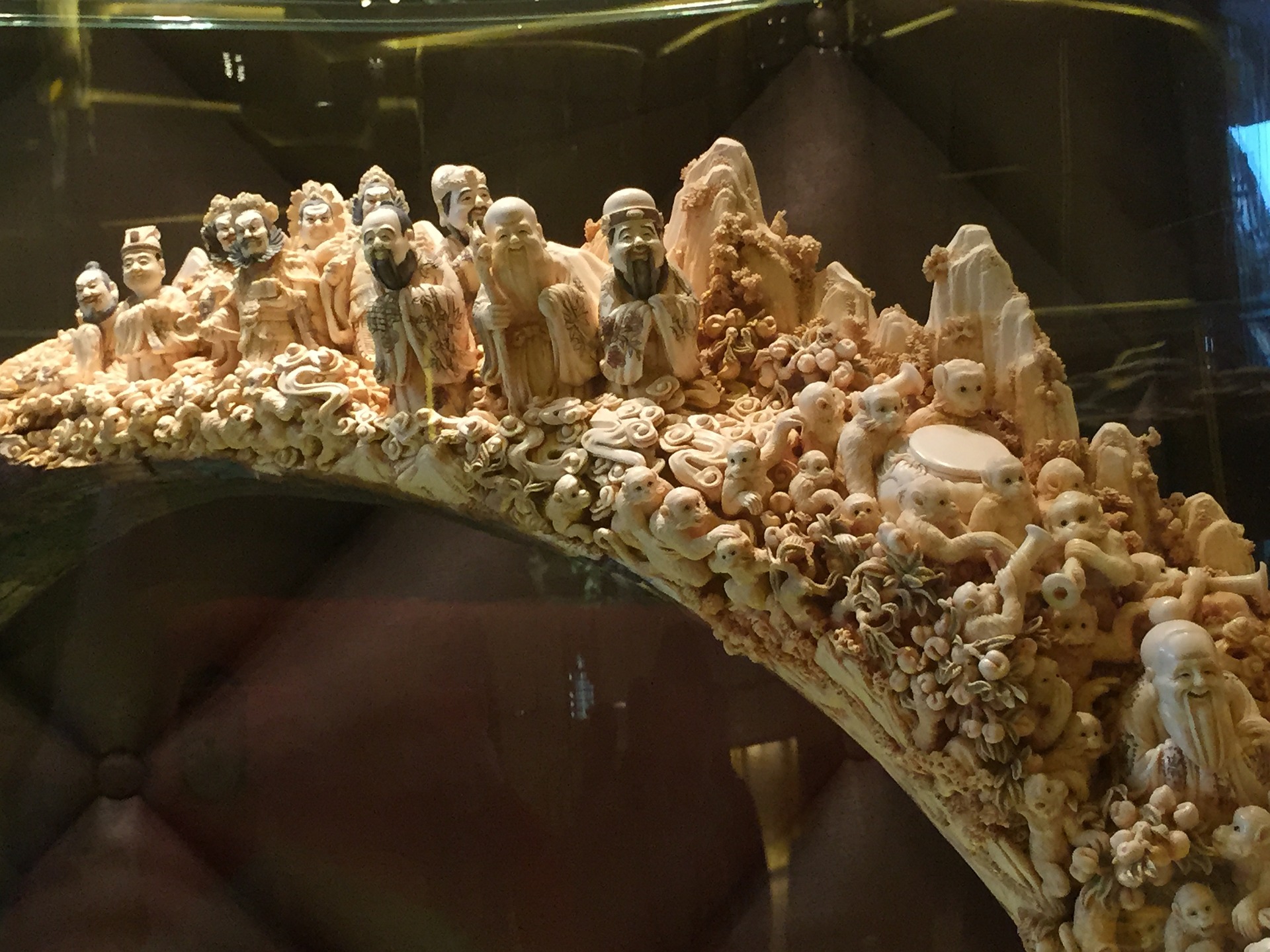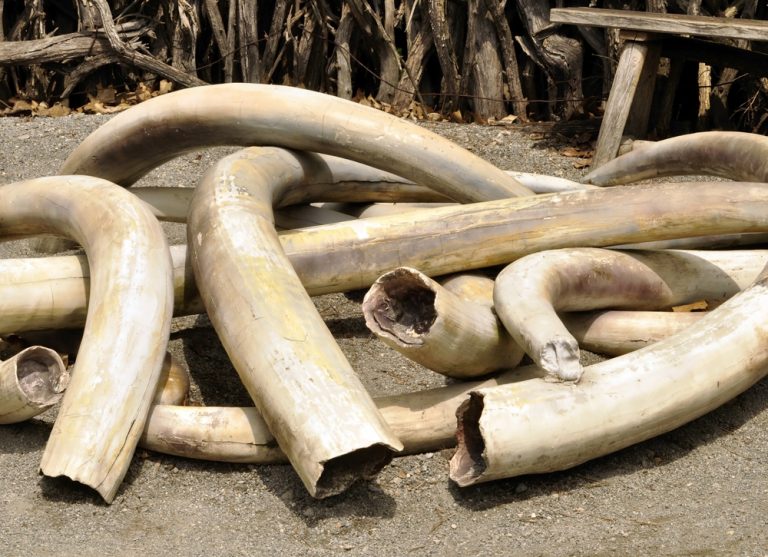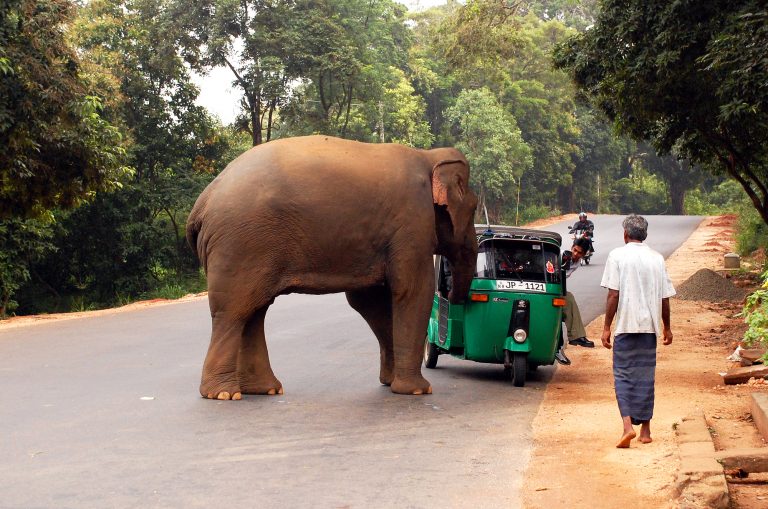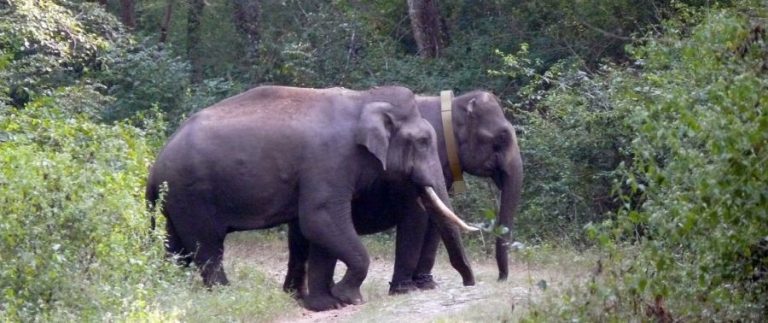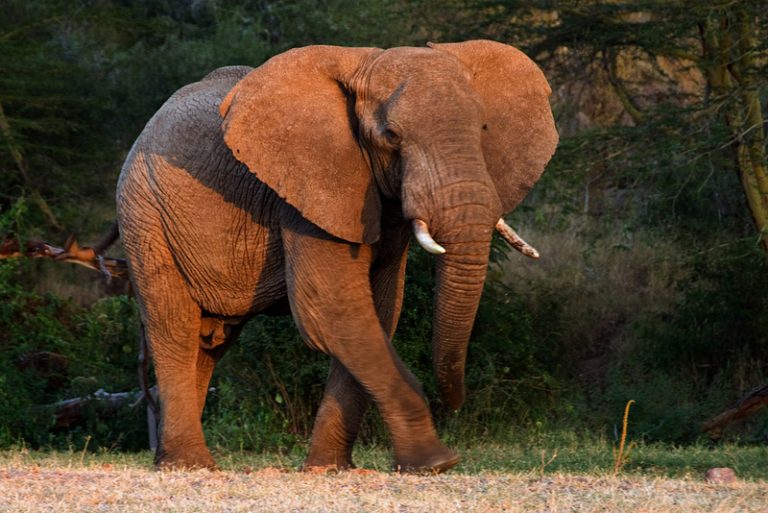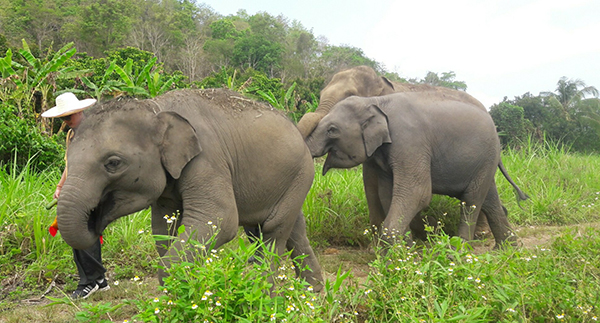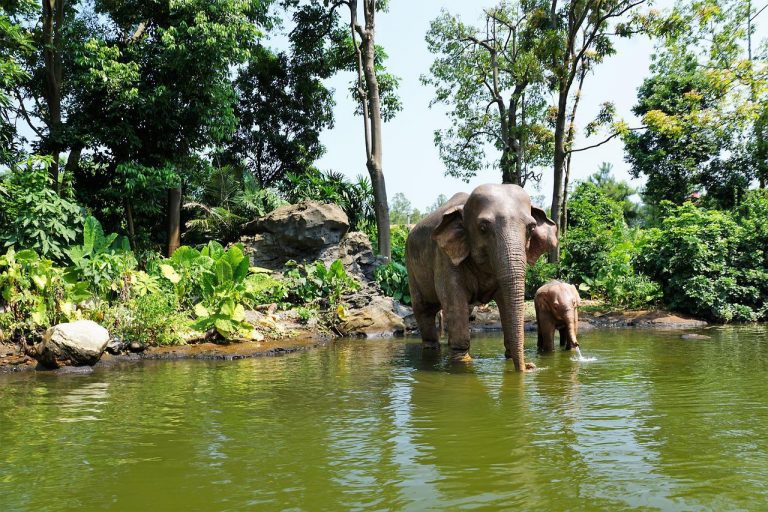The Ivory Trade: What You Need To Know
The illegal Ivory trade and subsequent poaching of elephants continues to flourish despite several efforts to curb it.
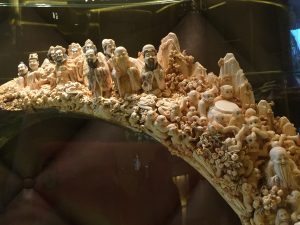
Did you know that on the average poachers kill one African elephant every 25 minutes just to harvest its ivory?
Despite several bans and resolutions locally and internationally, elephants are still slaughter brutally in their tens of thousands annually to feed the desire to possess ivory. Though poaching has reduced slightly since the infamous 2011 peak, it’s still going on at a rate that could wipe out elephants as a whole. Especially on the African continent where the elephants have larger tusks than their counterparts: the Asian elephants.
Here are the reasons why the ivory trade has stubbornly refused to die and all you need to know about what’s really going on.
A few quick facts about the illegal ivory trade:
- Within the last decade, African elephant population dropped by over 20 percent. Between 2015 and 2016, the IUCN reported a loss of about 111,000 elephants due to the ivory trade.
- Worldwide, Asia leads the demand for ivory products
- Several countries have banned the importation of ivory products but enforcement is a serious challenge.
The Major Players In The Ivory Trade
Poaching accounts for the largest percentage of ivory in the market. Only about 8-10 percent of ivory, if any, is acquired through legal means. Investigative studies have pointed out that ivory trading has moved from solitary poaching plots to well-coordinated schemes carried out by rogue elements as well as powerful individuals in countries where poaching is prevalent.
In countries like the Democratic Republic of Congo (DRC) and Somalia, for instance, the illegal trade in ivory rakes in millions of dollars most likely to fund rebel and militia efforts. Park protection and sanctuary authorities appear unable to adequately protect the elephants under their care. A case of laxity or complicity maybe?
Could the continuous poaching of elephants even in protected areas be a result of laxity or complicity?
Asian countries including Laos, Japan, Thailand and the Philippines are major ivory trade hubs. China in particular remains the single most active trafficking hub and trading spot for ill-acquired ivory. No doubt, this is a well-established ivory trade end market and a well-regulated business with most dominant players coming from the aforementioned Asian states.
In addition, other countries that are famed for illegal ivory trafficking hubs include Togo, Qatar, Belgium and Zambia. The involvement of major criminal syndicates such as the Triad and the Yakuza has been cited as a cause of concern especially given recent seizures of large stockpiles of ivory in various Asian ports.
The Effect Of The Ivory Trade On Elephant Populations

The poaching of elephants for ivory has seen a wanton destruction of elephant populations like never before in past years.
According to a major conservation authority, Convention on International Trade in Endangered Species of Wild Fauna and Flora (CITES), within a period of seven years preceding 2015 African elephant numbers reduced by about 63 %.
The Tanzanian elephant recorded the largest population drop with about 70 percent of its elephants suffering the impact of poaching.
The numbers look much grimmer if one considers the fact that as of 1979 the population of the African elephant stood at around 1.3 million. But by 2014, the WWF estimated the population to be around 700,000.
Though it could even be as low as 400,000.
The migratory patterns of some of these elephants also exposes them to higher poaching risks. One major trade route includes the Mara-Serengeti, which accounts for around 200 elephant deaths annually.
The Asian Elephant
The Asian elephant too is not spared the fate of its African counterpart.
The IUCN has placed the Asian elephant in the Endangered species category. This is a more critical position as compared to the African elephant’s category of Vulnerable. The number of wild Asian elephants is actually alarming, with the last credible census placing them at just about 50,000.
That’s just about half of the estimated population of the species at the beginning of the 20th century. However, unlike the larger bodied African elephants, the Asian elephants are not as highly poached.
Efforts At Curbing The Ivory Trade
Since the early 1980’s there have been concerted efforts to curb the sale of ivory. A blanket ban on international trade in ivory in 1989, is credited with improving the population of African elephants, by approximately 200,000 elephants.
Furthermore, various countries that have been cited as major transit hubs and trade centers have heightened their search and destruction of ivory. As a result, hundreds of tons of ivory have been seized from 2005 to date.
The leading countries in these seizures include Thailand, the Philippines, Singapore, China, and Vietnam. African states such as Kenya and Tanzania have also stepped up efforts to curb trafficking of ivory through their ports. This has culminated in huge stockpiles of seized ivory with Kenya publicly destroying by burning, its stockpiles on three occasions so far.
Additionally, various countries especially those prone to poaching incidences have adopted punitive sentences on poaching. To bolster these efforts most of them now use technologically advanced tools within their wildlife protection agencies. Also, parks are being fenced to restrict movement of elephants in and out.
The Challenges
Be that as it may, there are still many drawbacks in the efforts to control the ban on the trade.
In Africa, for instance, a number of Southern African states have on various occasions sought moratoriums to sell their stockpiles of ivory. South Africa, Botswana, Namibia, and Zimbabwe have always cited the huge number of their elephant populations as a reason to allow for partial sales of their ivory stockpiles. On a number of occasions, they have successfully brought their case before CITES.
However, the trend is that once the elephants in these regions are downlisted, there’s an inevitable period of heavy poaching. This is especially in the greater African region, with sub-Saharan African elephants suffering the brunt.
Major organizations such as the WWF, Save the Elephants, Born Free, and CITES are helping to boost conservation efforts. They do this by not only providing data on the reduction of elephants, but also crowdsourcing funds aimed towards the conservation of these animals.
If these ongoing efforts are able to bear fruits then the world may be spared the extinction of another majestic animal: the elephant.

